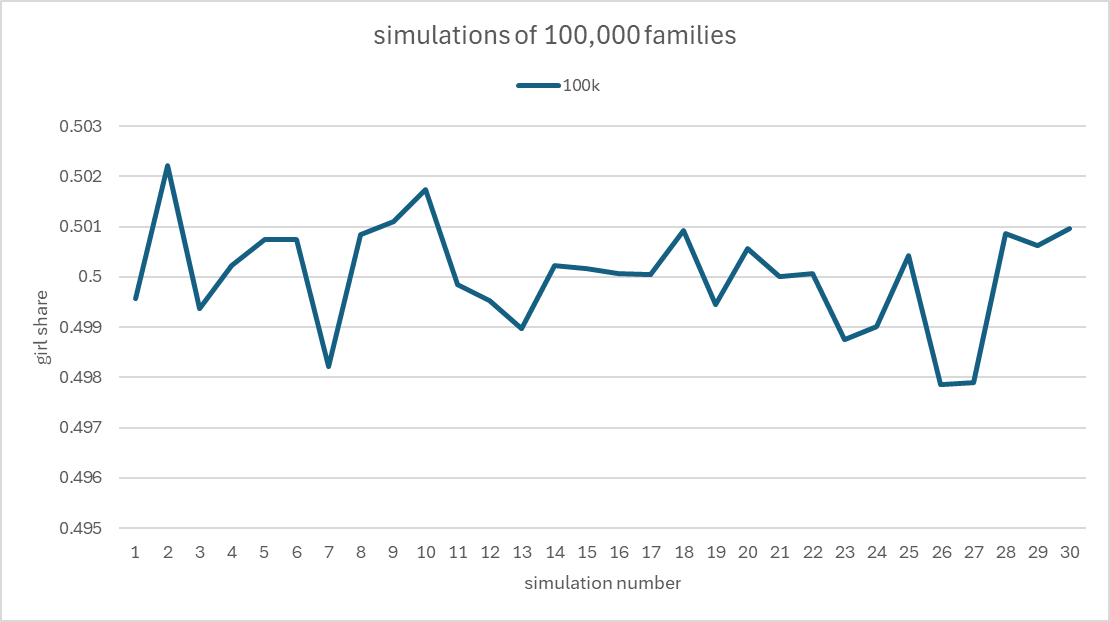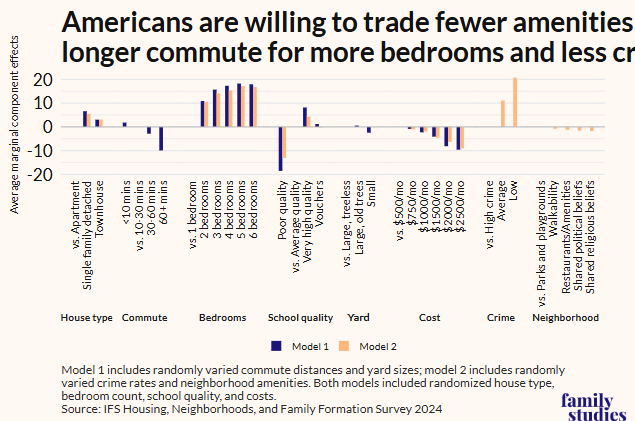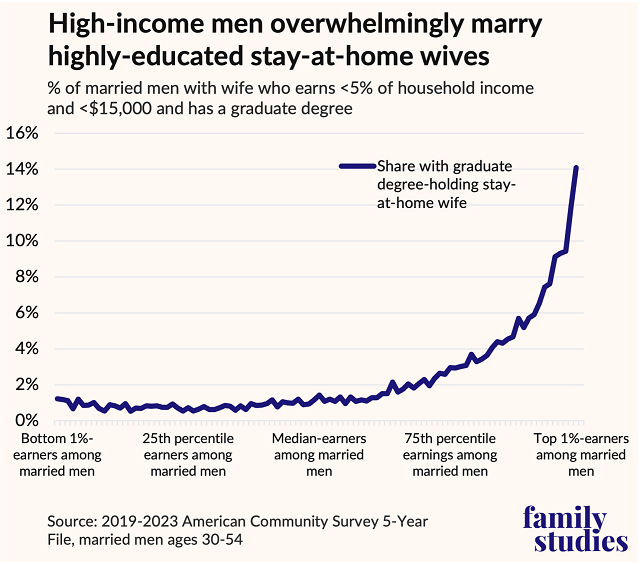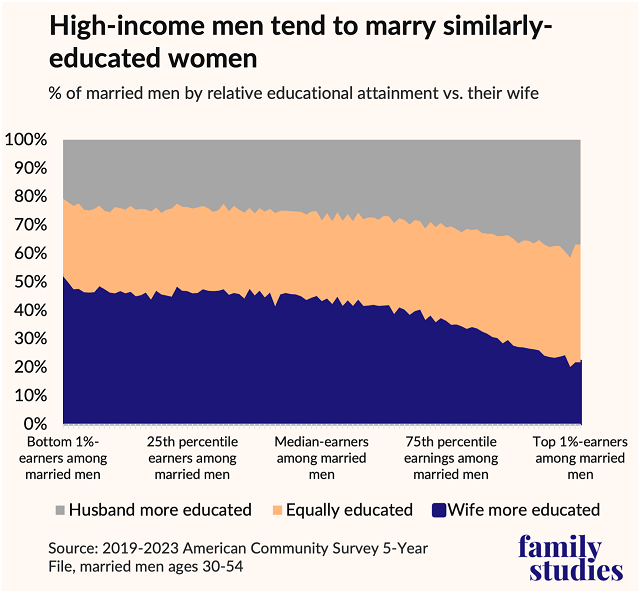The thing about the conservatives opposed to selling Federal lands (e.g. I noticed @L0m3z ), is that they clearly have not actually read @BasedMikeLee 's actual bill. Massive failure of literacy on the part of the based right.
So let's look at the bill!
So let's look at the bill!
First, what kind of land can be sold?
This turns out to be complicated. The answer is basically Bureau of Land Management Land or Forest Service Land (with exceptions). So what kind of land CANNOT be sold?
This turns out to be complicated. The answer is basically Bureau of Land Management Land or Forest Service Land (with exceptions). So what kind of land CANNOT be sold?

There's a few more items cut off here but you get the idea. If land has ANY kind of ecological or recreational protected status, it remains totally protected.
Okay, but still, a ton of BLM/NFS land is used for hiking, grazing, or just general enjoyment! Nobody wants all that land sold! Here in KY, I love the Daniel Boone National Forest!
Okay, so let's talk about ADDITIONAL RESTRICTIONS!
Okay, so let's talk about ADDITIONAL RESTRICTIONS!
First of all, the land sale rule only applies to the small number of states where the Federal government has truly massive landholdings. In these states the Federal government generally owns like 40%+ of the land. Washington is a bit of an exception, maybe it should be excluded. 
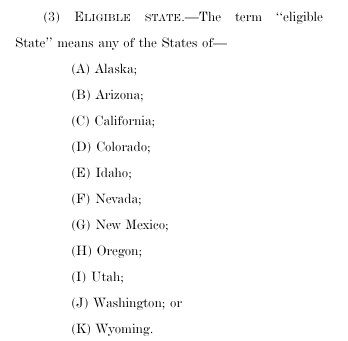
Second, sale cannot violate existing rights. So if somebody already has legal rights to use the land, it can't be sold as long as those rights exist. 

(That matters for some grazing/mining/other commercial and recreational use cases)
Still, that leaves TONS of land up for sale! Nobody would support auctioning off all the beautiful western lands!
Aha, yes, but sales are limited at 0.75% of the land.
Yes folks, we are talking about selling 0.5-0.75% of these lands.
Not 50%.
Not 5%.
***0.5%***
Aha, yes, but sales are limited at 0.75% of the land.
Yes folks, we are talking about selling 0.5-0.75% of these lands.
Not 50%.
Not 5%.
***0.5%***

BUT STILL!!!!
You can imagine that if it was just an open sale that maybe rich people would buy up the cool scenic spots and wreck the landscape for the rest of us!
But there are moooooore safeguards and restrictions! Let's get to those!
You can imagine that if it was just an open sale that maybe rich people would buy up the cool scenic spots and wreck the landscape for the rest of us!
But there are moooooore safeguards and restrictions! Let's get to those!
So, next restriction:
the BLMS/NFS doesn't just get to choose what to sell! Land has to be nominated, in particular by state and local governments. So this isn't just "the BLM secretary sells off the land he wants to get rid of." Lower-level governments nominate for sale!
the BLMS/NFS doesn't just get to choose what to sell! Land has to be nominated, in particular by state and local governments. So this isn't just "the BLM secretary sells off the land he wants to get rid of." Lower-level governments nominate for sale!
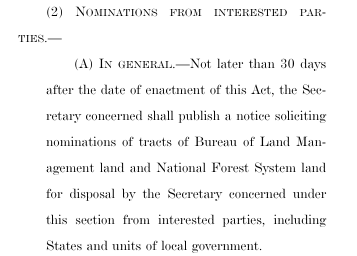
Private buyers CAN nominate of course, but there's still a consultation requirement for EVERY LEVEL OF GOVERNMENT. If you're familiar with US government consultation rules then you realize there's no way this produces a massive wave of sales. 
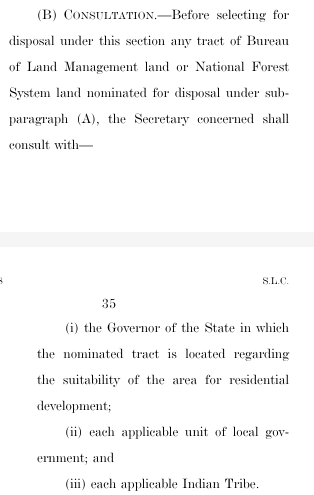
Next, again, maybe you worry this will STILL lead to sale of pristine lands!
lol, no. See, for a sale to occur, you have to justify how it will address local housing supply needs.
Which means you can ONLY nominate lands already close to cities and existing roads.
lol, no. See, for a sale to occur, you have to justify how it will address local housing supply needs.
Which means you can ONLY nominate lands already close to cities and existing roads.

Land far from existing infrastructure cannot logically meet housing needs, so couldn't pass the consultation and review process. We are talking here about Federal lands already adjacent to existing housing developments!!
And note, that state and local governments actually have right of first refusal! I suspect a lot of the sales will actually be transfers to state and local governments, not private buyers. 
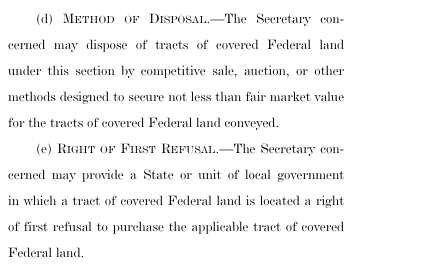
Okay, so what we've found here is what @BasedMikeLee @SenMikeLee actually proposes to do is sell:
1) 0.5%
2) of land without designated ecological or recreational value
3) without other legally contracted use
4) to small and mid-sized buyers or local governments
5) with approval by those governments
6) for residential purposes
7) in supply constrained areas
8) which are already close to roads and sewers
THIS POSES ZERO RISK TO THE BEAUTIFUL VAST EMPTY LANDSCAPES OF THE WEST. NONE AT ALL.
1) 0.5%
2) of land without designated ecological or recreational value
3) without other legally contracted use
4) to small and mid-sized buyers or local governments
5) with approval by those governments
6) for residential purposes
7) in supply constrained areas
8) which are already close to roads and sewers
THIS POSES ZERO RISK TO THE BEAUTIFUL VAST EMPTY LANDSCAPES OF THE WEST. NONE AT ALL.
CAN WE FIND SOME OF THESE TRACTS?
We are looking for land which is 1) close to a road 2) close to other development 3) close to a city 4) flat 5) in a state that might actually approve the sale.
Let's go with Utah since Lee is from Utah so I wager Utah would sell. Again, we need FLAT land near a ROAD and CITY.
We are looking for land which is 1) close to a road 2) close to other development 3) close to a city 4) flat 5) in a state that might actually approve the sale.
Let's go with Utah since Lee is from Utah so I wager Utah would sell. Again, we need FLAT land near a ROAD and CITY.
Here's a map of land *theoretically* available for sale but remember kids, these lands aren't actually all for sale. Those are lands which might theoretically be available for nomination, unless they have other by-right uses (many do). 
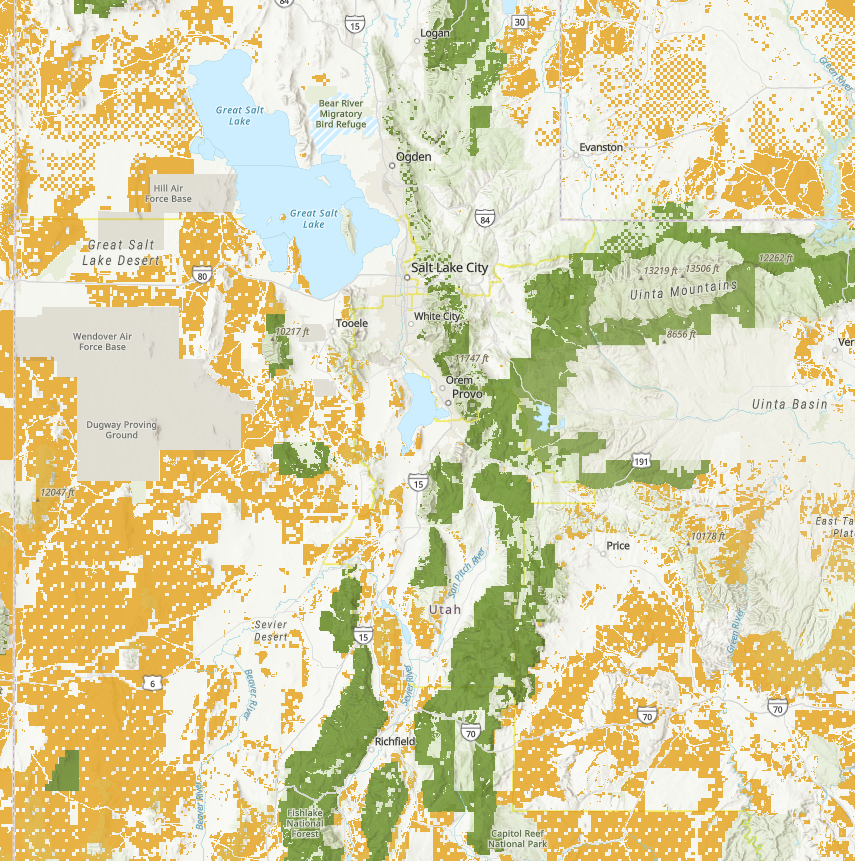
It looks like there's probably land around Gunnison close to the city. Let's look there. There's basically no plausible candidate lands around Salt Lake City. 

Here's streetview of the land around Fayette. A few things to notice. 1) It's already in use as rangeland. 2) This is clearly not land of enormous ecological value. 3) There are already houses right by it! 



• • •
Missing some Tweet in this thread? You can try to
force a refresh





